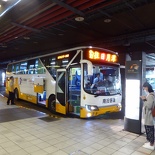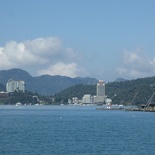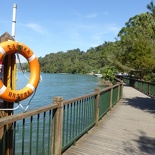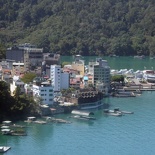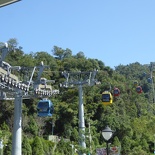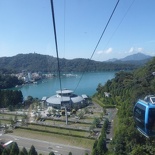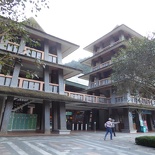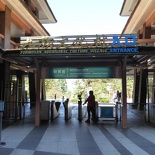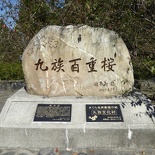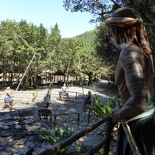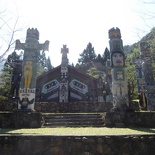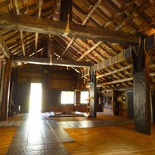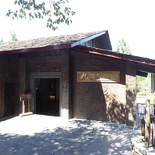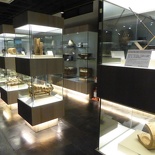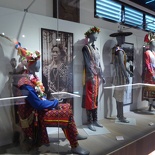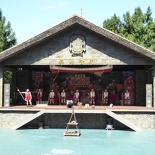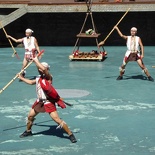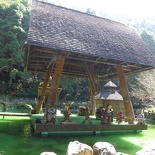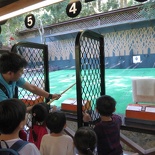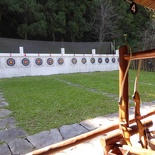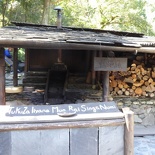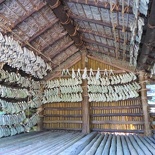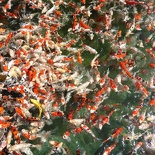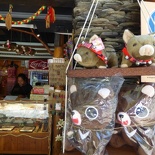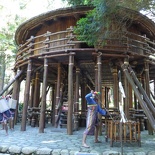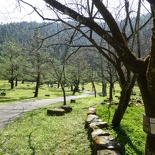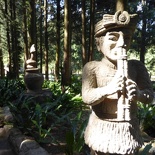Formosan Aboriginal Culture Village is a massive theme park located in the highland hills of Nantou Taiwan near the Ita Thao region of Sun Moon lake- another popular scenic and tourist spot in Taiwan. The Cultural Village was founded in 1986 by Mr Jung-i Chang. He is the park’s current president with the vision to establish a fun location for the people and their families to get together.
Park history
Mr Chang own ancestor, Da-ching Chang, conined the idea to develop a theme park to preserve the fast disappearing Aboriginal Culture. He negotiated with local tribal representatives to open the Feng-Yuan tribal grounds for Chinese settlers. Mr. Chang purchased the land in 1982 and developed the Formosan Aboriginal Culture Village.
Hence, after 4 years of construction, the park opened to the public on July 1986. Subsequently, to cater for families and thrill seekers, the amusement park sector was further added to the southern portion of the Aboriginal Culture Village in 1992.

Additionally, the Formosan Aboriginal Culture Village touts itself as a multifaceted, fun-filled theme park. The park won numerous honors for the village, including the “Premium Award theme park” from Taiwanese government tourism bureau. Also, the park aims to preserve and teach about Taiwanese aboriginal heritage while, at the same time, provide a spacious venue.
Getting there
Getting to Formosan Aboriginal Culture Village involves is the same way as per getting to Sun moon lake in Nantou itself, which takes up the bulk of the travel from the nearest Taichung high speed railway station.
Here, the journey involves a quick scenic hour-long bus ride overlooking rivers and going through hilly tunnels from the Taichung High speed railway station costing about $100-200 NT depending on the operator. Also, the main operator there is Nantou bus. They also sells ticket bus and entrance bundles to the theme park for about $1000 NT. The ticket is inclusive of extras such as a scenic cable car ride and Sun moon lake ferries.
Despite the long (2 hour) bus journey up, it is also a very scenic one. Upon reaching Sun moon lake, you can take a connecting ferry transfer from Shueishe jetty to Ita Thao on the other end of Sun moon lake. However, if you miss the last sunmoon lake connecting ferry at 5pm, there are taxi operators who can ferry you across using the lake ring loop road at a company flat fee of $500 NT. The journey takes about 20 minutes and involves a combination of many winding roads.
Additionally, do note that cable car rope way closes an hour earlier (4pm) than the theme park opening time of 5pm. Hence, do take into consideration the time required to get back to the station to Ita Thao.
Sun Moon Lake Cable Car Ropeway
The Sun moon lake cable car rope way is your scenic gateway to the Aboriginal theme park. It resides a short 15 minute coastal broadwalk pathway walk from the Ita Thao ferry visitor center. On a side note, Ita Thao is a small rustic little residential town with a small lively food street. Henceforth, from Ita Thao, taking the connecting cable car brings you over the hills right into the Aboriginal village North entrance. Alternatively, you can drive over to the park or take the cable car, with the latter being the more scenic option.
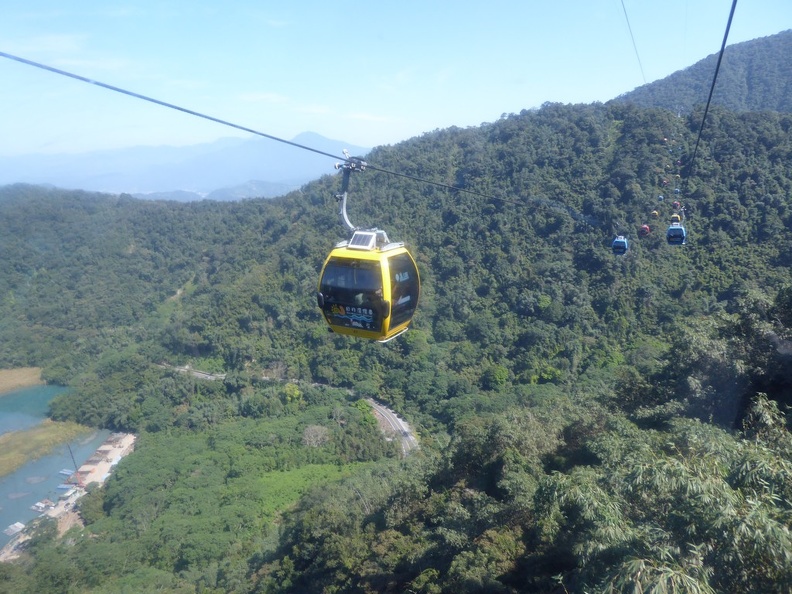
Without a doubt, the view from the Sun Moon lake cable car offers breathtaking sights of the lake and surrounding hilly greenery. This is particular true of the untouched ever-green mountain side and ridge lines overlooking panoramic views of the lake from the north side mountains of the lake.
Also, the region nearer up north is a small a lagoon-like nature coastal walk area. There, you can find a variety of walkways and forest trials leading into the mountain. Moreover, these paths are bike-able too. Here, you can rent mountain bikes here for about $200NT per hour. You can see the small town of Ita Thao in front of your and the distant Shueishe jetty from afar too. Additionally, ferry boats can be seen plying the busy waters in the day too.

Entering the theme park
Upon arrival at the end of the ride, you will have to disembark at the end station. Here, the cable car station exits into a visitor welcome area and the park’s Northern entrance. The place here has a large gift shop as well as toilet facilities. This is where the Aboriginal sector of the theme park resides.
The Aboriginal Theme park comprises of two main parts. Firstly, an amusement center and secondly, a Aboriginal village. The latter of the two being a life-open museum comprising of stores and recreated villages. This part of the article will focus on the tribal and Aboriginal native side of the theme park, with a following article on the amusement rides.
The village spans over half of the park’s lush mountainous grounds. Here, it aims to showcase and educate on way of life of the native Taiwan Aboriginals who used to live in these very highlands.
Aboriginal outdoor village display
Aboriginal village sector showcases the lifestyle of the natives who lived in the mountains of the Taiwan island. This includes stores of their ancestry, ritual, beliefs, as well as their way of life right in their native environment in the highland Nantou hills. In a nutshell, the Aboriginal people are mostly dark skinned and athletic beefy Asians who bear some resemblance to your typical Han-man (or Han-ren in Chinese).
Scattered throughout the compound are forests of lush greenery, complete with Aboriginal totems and hand-built classical tribal housing architecture. This is accomplished though recreations of typical tribal villages, complete with courtyard, communal areas with village people represented by mannequins. Also, I found these displays nicely reenacts the early tribal way of life with a theme park flair.
The Aboriginal museum
Moreover, there is also a dedicated Aboriginal museum too showcasing the Aboriginal way of life. It features a collection of Aboriginal clothing, battle gear, boats and tools. This is presented in a clean and modern air-conditioned setting. In addition, there are a couple of intricate scale models and replica houses sealed in display cases which could not otherwise too complex to be re-created as “live village buildings”. There are staff on standby who can answer any queries you have. In all, the standalone museum is a nice addition to the park. It is located right beside the ritual performance hall stage. Notably, the museum is well laid out and professional.

Speaking of live buildings, you can find these historically and era-accurate Aboriginal houses littered around the compound outside the museum grounds. These houses are all open for exploration and are mostly wheel chair accessible.
Live open stage Aboriginal performances
There are 3 theaters in the park, each offering a different performance perspective to the Aboriginal way of life. In honor the heritage of native Taiwanese, the Naruwan Theater showcases ethnic singing and dancing. Here, dance shows are available at the theater several times a day. Commendably, the performances are well done and the performers try to engage the audiences in several parts of the show.
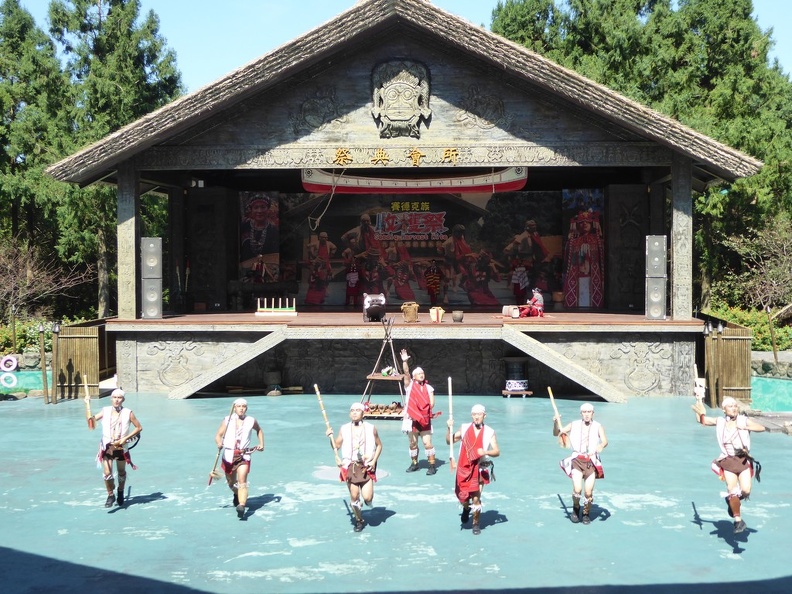
Moreover, the Ritual theater is biggest of the lot does twice-daily performances. As the name of the theater suggests, here, rites of an traditional folk lore rituals are performed by the people. This includes respect to a food harvest, celebrations and courtship. Also, unlike the Naruwan Theater, the tribal rituals showcased blends singing and dancing to capture the mysterious, emotional qualities of Taiwanese aboriginal life.
Henceforth, moving south wards will bring you to the Pestle Music theater, located at “The Thao” or “island” in Mandarin. Moreover, it is a hut surrounded by a water body, with a stage area housing many traditional Aboriginal musical instruments. Music is played live here with traditional instruments and sung in various tribal languages. Also, this sector is also surrounded by the number of food and drink stores. Here, you can have lunch or enjoy cuppa or two, or even a hot meal in the midst of the musical performance.
Aboriginal activity areas
Furthermore, the park has several small little commercial establishments and shops which capitalizes on the tribal setting. There is an archery range (Seediq Archery) and a blowpipe archery range where you can have a go at shooting arrows as well as an actual dart-loaded blowpipe onto targets (For about $200 NT per session). Moreover, there are also pottery and footwear making areas. For a fee have a go at handcrafting several in the many “live” village houses in the compound. Even the staff members are all dressed to era-accurate clothing. They can be seen at times moving about the park and are highly distinguishable from park guests. It helps keeps the authenticity and tribal feel of the village.
Moreover, the villages are well themed with a combination of forested and water elements, such as lakes and ponds bearing fishes. Notably, near the southern end of the Aboriginal village, there is a large Koi pond. At the pond, you can buy fish feed from the automated machines for their permanent finned residents. Hilariously, feeding them results in pretty much a Koi attack frenzy each time. Henceforth, moving further and nearing the amusement Isle down south, you run through a large park and open picnic field area with stone statues lined along its route.
Aboriginal park and picnic grounds
These statues are various works of art commissioned by the Taiwan people, with the craft person’s name embossed on it. It is a celebration representing the life of the Aboriginal people. Furthermore, in the March to April periods, these gardens will be filled with Cheery Blossoms, which can be seen sprouting throughout the park grounds.

Moreover, these park ground serves as vast picnic places in the summer months. Here, families can drive up to the fields and setup their picnicking areas right in this section of the park.
Furthermore, the thing which strikes me the most is the park cleanliness and amount of maintenance put in place in keeping the park well upkeep. Commendably, there are no noticeable litter in sight throughout the park. Moreover, even park fixtures, pavements and lighting infrastructure all look well maintained and clean too.
This concludes the Aboriginal and tribal park sector of the Formosan Aboriginal Culture Village. Next up are the fun and amusement sections of the theme park with water rides and roller coasters! Read more in my continuing article as I explore the remainder of the park- Formosan Aboriginal Culture Village Amusement Isle.

